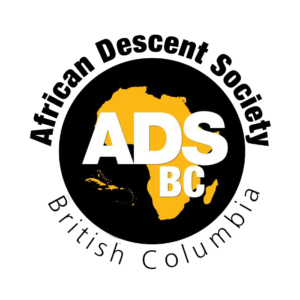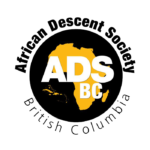In the course of nearly four centuries of Atlantic slave trading, slaves left from five major coastal regions of sub-Saharan Africa – Upper Guinea, the Gold Coast, the Bight of Benin, the Bight of Biafra, West Central Africa and Southeast Africa. At times in this atlas, Upper Guinea is broken down into three sub regions, Senegambia, Sierra Leone, and the Windward Coast. These were in no sense political or ethnoliguistic regions. Rather they were simply ranges of the coast separated from each other either by major physical features or areas in which little slave trading occurred. They are constantly referred to in the contemporary record as well as in this Atlas, especially Section C. Map 8 shows the limits of these coastal regions as well their alignment with modern African political groupings.












